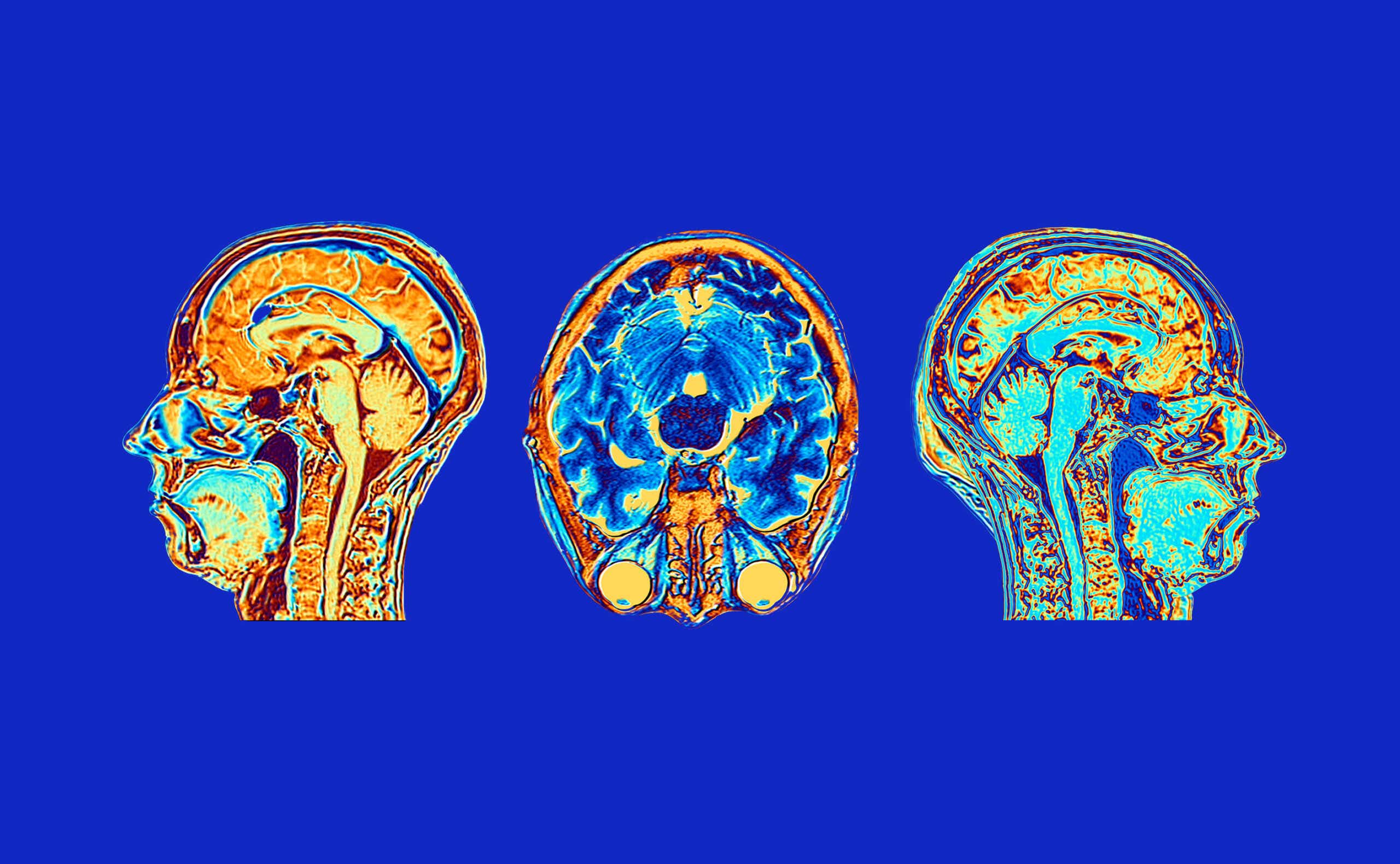It appears that critical research that’s formed the basis for treatments of the disease was fabricated.
Alzheimer’s drug trials are notoriously ineffective. Now we may know at least part of the reason why.
A neuroscientist at Vanderbilt University has tipped off the scientific community that critical findings that have formed the foundation of Alzheimer’s research for nearly two decades may have been fabricated.
If this claim bears out, it will mean that for the last two decades, a huge proportion of potential Alzheimer’s drugs have been developed under a false premise, and millions or even billions of dollars in funding — not to mention years of science and thinking — may have been sent after the wrong target.
Who is the Alzheimer’s research whistleblower?
The whistleblower, junior professor Matthew Schrag, MD, Ph.D., first raised his suspicions around a key 2006 study on Alzheimer’s in a letter to the National Institutes of Health (NIH). When that failed to produce a swift response, he spread the word further, leading Science magazine to conduct its own six-month review of the images Dr. Schrag highlighted. The result seems to have confirmed Dr. Schrag’s fears.
A 2006 paper boosts a convenient theory for Alzheimer’s
The findings that caused Dr. Schrag concern were the keystone of a paper published in Nature magazine in 2006. That paper, “A specific amyloid-β protein assembly in the brain impairs memory,” apparently confirmed a hypothesis about the cause of the memory loss and dementia associated with Alzheimer’s.
The theory centered on “amyloids” (proteins) found in plaque that builds up in the brains of Alzheimer’s patients. These were thought to damage the brain, and in turn, cause the memory loss and cognitive impairment associated with Alzheimer’s.
The 2006 paper, primarily authored by Minnesota neuroscience professor Sylvain Lesné, tested the amyloids-cause-Alzheimer’s theory using young rats. Per Science magazine: “In what looked like a smoking gun for the theory and a lead to possible therapies, Lesné and his colleagues discovered an Aβ subtype [Aβ*56] and seemed to prove it caused dementia in rats.”
Now, it looks like these results may have been fabricated.
Falsified images boost amyloid plaque theory
According to Science magazine‘s investigation, the images the paper used to support this conclusion — as well as images in other studies on the Aβ*56 subtype by Lesné — appear to have been doctored to exaggerate the protein’s part in the development of Alzheimer’s.
Thomas Wisniewski, MD, a professor of neurology at the New York University Alzheimer’s Disease Center who wasn’t involved in the Science investigation, told NBC that it was concerning that it hadn’t been possible for researchers to replicate Lesné’s findings in other studies. Dr. Wisniewski added that when he looked at the images, he saw “evidence of what looks like copy and paste” to make a composite picture.
Years of misdirected Alzheimer’s research
The potential reach of this kind of deception is hard to comprehend. Lesné’s research — and the direct connection it seemed to demonstrate between amyloids and Alzheimer’s — proved incredibly influential. The Nature paper has been cited in over 2,200 other academic papers, and provoked significant interest in the Aβ*56 protein as a target for Alzheimer’s treatment. According to Science, the NIH funneled about $1.6 billion into projects involving amyloids in this fiscal year — “about half its overall Alzheimer’s funding.”
According to Daily Kos, about 100 out of 130 Alzheimer’s drugs currently in trials are designed to attack these amyloids. In 2021, the FDA approved yet another such medicine, Aduhelm. The $56,000-per-year drug from Biogen is so expensive that it’s expected to inflate premiums for 60 million Medicare enrollees.
As Daily Kos reports, four months after Dr. Schrag reported his concerns to the NIH, the institute awarded Lesné, the 2006 study’s leading author, a five-year grant for Alzheimer’s research. The NIH program director who awarded that grant, Austin Yang, was another of the study’s authors.
“The immediate, obvious damage is wasted NIH funding and wasted thinking in the field because people are using these results as a starting point for their own experiments,” Stanford University neuroscientist Thomas Südhof, a Nobel laureate and expert on Alzheimer’s told Science.
Amyloid proteins may well play some role in Alzheimer’s. But judging by Schrag’s findings, and the results of Science’s investigation, it appears that role may be far less significant than has been believed — or at the very least, not involve the Aβ*56 protein apparently identified in Lesné’s research. That means that for 16 years, most new Alzheimer’s drugs in development, and at least half of Alzheimer’s funding, have been based on findings that may now be seriously debunked.









